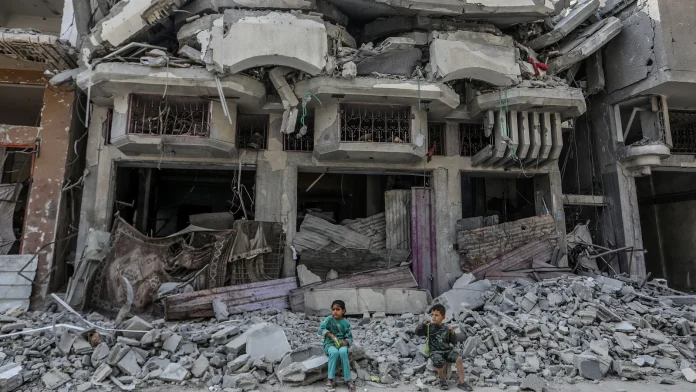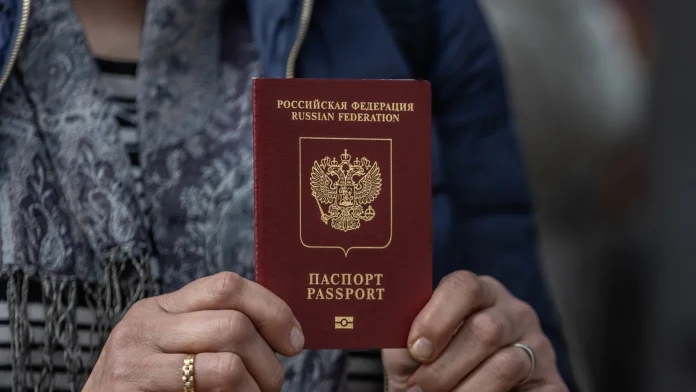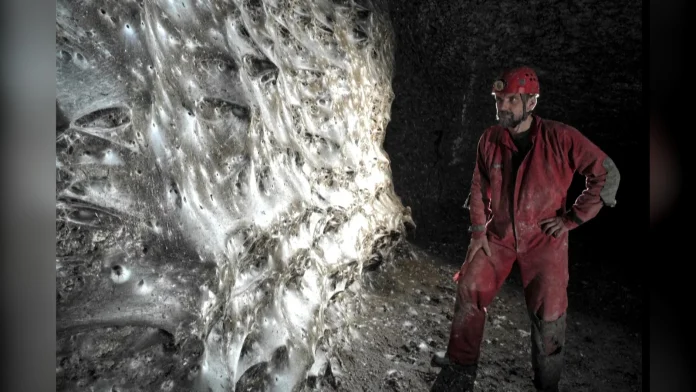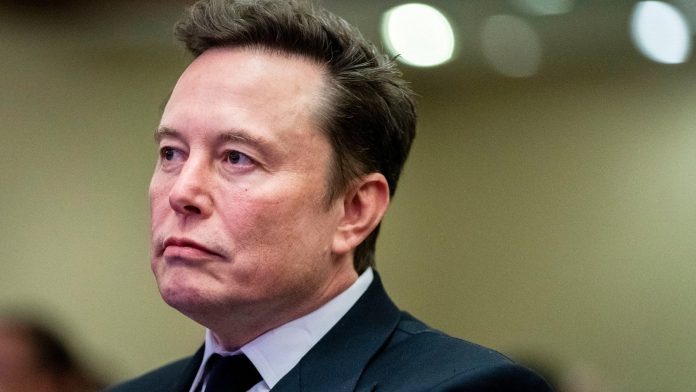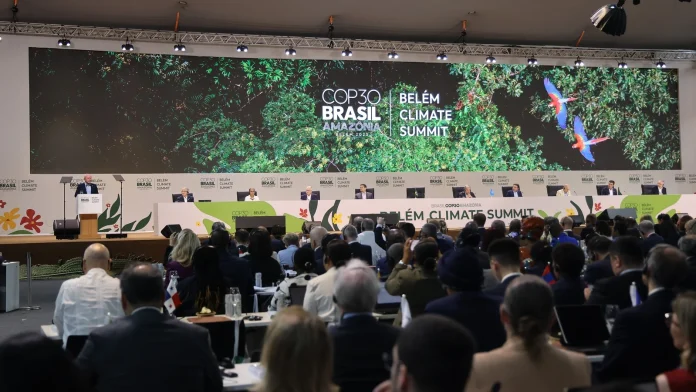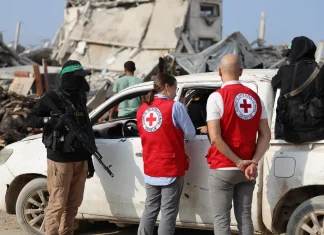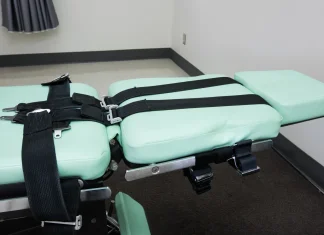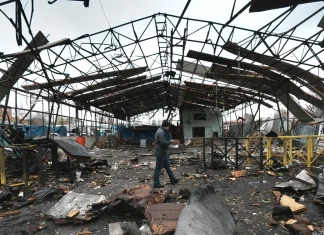In Khan Younis, a Quiet Handover and the Heavy Work of Memory
Night fell over Khan Younis like a soft, exhausted blanket — the call to prayer threaded through streets that no longer felt like streets. In a statement on Telegram late one evening, the armed wing of Hamas announced it had recovered a body found beneath the rubble and would hand it over under the terms of the fragile truce. The announcement landed like a sudden, small thing in a city that has learned to measure grief in fragments.
“We found him under a collapsed apartment block,” said a volunteer who came to the scene, his voice steady but raw. “There is a ritual to bringing someone home—even like this. We wrapped the body carefully, said a prayer, and waited for the Red Cross to arrive.” He asked that his name not be used. Around him, neighbors stood in the half-light, clutching thermoses of mint tea, watching the slow choreography of recovery.
The handover underscores how personal loss and geopolitics have become braided together in Gaza. When the ceasefire that took effect on 10 October began, Hamas was holding 48 hostages — 20 alive and 28 deceased. So far, militants and mediators have returned 22 of the bodies: 19 identified as Israeli, one Thai national, one Nepali and one Tanzanian. The surviving captives have been released. Still, for families waiting for closure, every recovered body is a small, agonizing relief.
Why returning bodies has been so fraught
Across phone lines and through intermediaries, the stories circle back to rubble — to the way entire houses, neighborhoods and burial grounds were buried beneath the shelling. “We are searching in places where bodies are under two or three floors of concrete,” a rescue worker said. “We need heavy equipment and forensic teams. We need time.” Palestinian groups have repeatedly asked mediators and the International Committee of the Red Cross for equipment and personnel to carry out careful recoveries, saying the process cannot be rushed without risking mistakes.
Israel has accused Hamas of delaying the return of remains. Hamas counters that much of the difficulty is practical — bodies are beneath collapsed buildings, under makeshift field burials, sometimes unrecognizable — and that they are dependent on neutral actors and machinery to do the work. The standoff over remains is a grim reminder that even after ceasefires, the physical aftermath of combat stretches on for months, years, and sometimes generations.
Rubble, Remnants, and the Landscape of Loss
Flyover images of neighborhoods like Tel al-Hawa and Sheikh Radwan look like a jigsaw puzzle whose pieces have been ground down to powder. In Tel al-Hawa, where palm trees once threw loitering shade over cafes, rows of buildings present only facades now, like teeth knocked out of a jaw. Children — when they are seen playing among the stones — do so with an unnatural solemnity, as if they understand the sanctity of what lies beneath.
“My grandmother used to sit on that balcony and dry tomatoes on a tray,” said Rana, a 28-year-old schoolteacher from Gaza City, pointing to a pile of twisted metal where a balcony had been. “You can smell tomatoes even in the dust. When I close my eyes I can see her.” Her voice is at once intimate and public, the private loss folded into the public ruin.
A global hand to steady the wreckage? Negotiations at the UN
While families in Gaza keep vigil, diplomats in New York have moved to translate a fragile ceasefire into a blueprint for what comes next. The United States has circulated a draft resolution at the United Nations Security Council that would authorize a two-year mandate for a transitional governance board and an international stabilisation force — a multinational security presence to shore up fragile peace and oversee demilitarisation.
The draft text envisions an International Stabilization Force (ISF) with broad authority — including “the use of all necessary measures” to protect civilians and humanitarian operations, secure border zones with Israel and Egypt, and assist a newly trained and vetted Palestinian police service. It would also empower the ISF to prevent the rebuilding of military infrastructure and to work toward the “permanent decommissioning of weapons from non-state armed groups.”
Sources close to the talks put the likely size of the ISF at roughly 20,000 troops. Washington has said it will not send its own soldiers into Gaza, but it has been in talks with Indonesia, the United Arab Emirates, Egypt, Qatar, Turkey and Azerbaijan about potential contributions. Several of those countries reportedly prefer the cover of a UN mandate for their deployments; the Security Council requires at least nine votes in favor and no veto from any of the five permanent members — Russia, China, France, Britain or the United States.
“This is not just a technical vote,” said a UN diplomat who asked to remain unnamed. “It is a test of whether the Security Council can move from statements into action. Time is short. People on the ground need stability now, not after months of foot-dragging.” The diplomat sighed. “The challenge is political: who will serve, at what risk, and under whose rules of engagement?”
What “demilitarisation” would actually mean
For planners, demilitarising Gaza is as much a logistical feat as a political one. The draft resolution suggests demolition of offensive military infrastructure, persistent weapons decommissioning and vetting a national police force — a process that demands forensic expertise, legal frameworks and long-term investment in civil institutions.
“Demilitarisation on paper is one thing. Making it durable is another,” said an independent security analyst based in Beirut. “You can collect weapons, but unless you address the political drivers — poverty, governance gaps, cycles of retaliation — disarmament risks being superficial.” He cautioned that successful interventions in other conflicts have hinged on economic rebuilding, social reconciliation and inclusive governance, not only on the size of the occupying force.
Local fears, international calculations
On the ground, opinions diverge. Some Palestinians in Gaza welcomed the idea of international troops as a potential shield against renewed violence. “If someone can keep the fighters apart and get ambulances through, we will take it,” said Omar, a taxi driver who lost his sister in the fighting. Others fear foreign boots on the ground as an affront to sovereignty, or are suspicious of the motives of potential troop contributors.
Israel, too, has conditions. Jerusalem reportedly rejects the idea of Turkish forces in Gaza, and any international mission will have to negotiate red lines with Israeli security officials if it is to patrol borders or dismantle militant capabilities. Hamas has not accepted demilitarisation in the past — and its agreement now would mark a sea change.
- Hostage figures at ceasefire start: 48 (20 alive, 28 deceased)
- Bodies returned so far: 22 (19 Israeli, 1 Thai, 1 Nepali, 1 Tanzanian)
- Proposed size of International Stabilization Force: ~20,000 troops
- UN Security Council adoption threshold: at least 9 votes, no veto from permanent members
Beyond the headlines: what this moment asks of us
There is a particular human economy to waiting. Families exhale when a body is returned; they tremble when it is delayed. What will peace look like when it must be built out of the bones of shattered neighborhoods and the lives of those who returned? Can an international force keep the peace without becoming a permanent presence, and who decides when it goes?
As this fragile moment unfolds, ask yourself: when a city has been hollowed out, what does the job of rebuilding require — security, yes, but also memory, justice, food, schools, and the slow work of reconnection? The diplomats in New York are negotiating paragraphs. In Khan Younis, people are negotiating memory and mourning. Both processes matter.
One volunteer folded a small blanket onto a stretcher and said, with surprising steadiness: “We put people to sleep the way our parents taught us. That is how we honor them. The rest is for the politicians to invent.” Whether politicians will listen, and whether the world will provide the resources and resolve to match the language of peace with the mechanics of healing, remains the question that will shape this territory for years to come.


